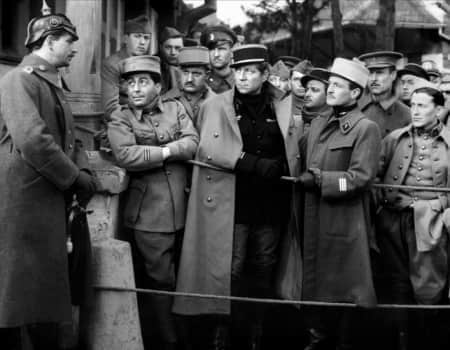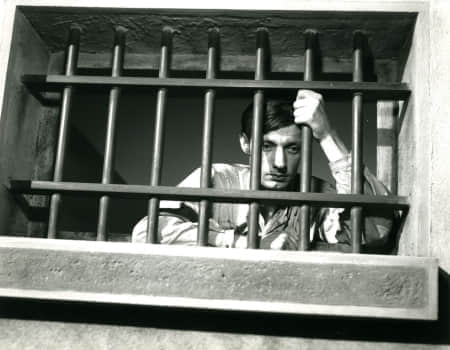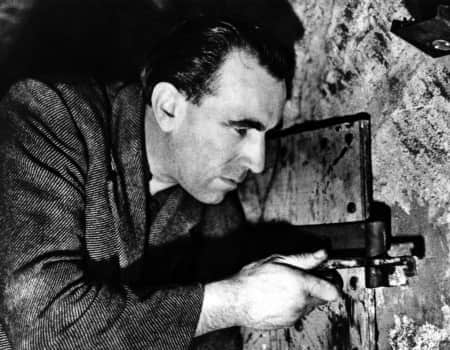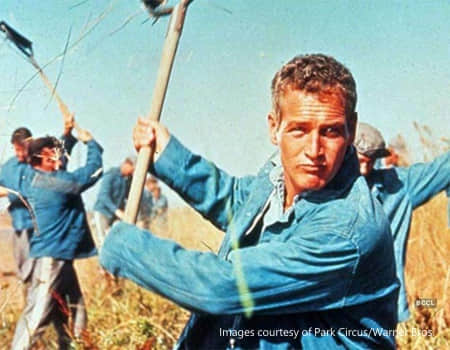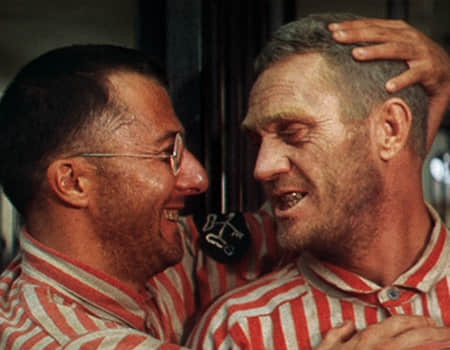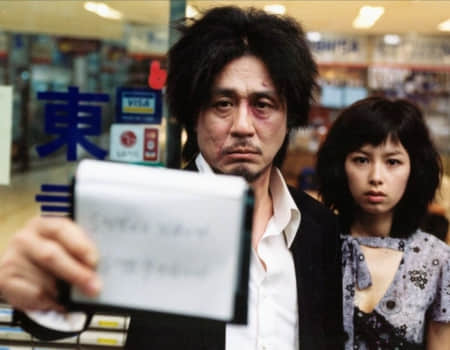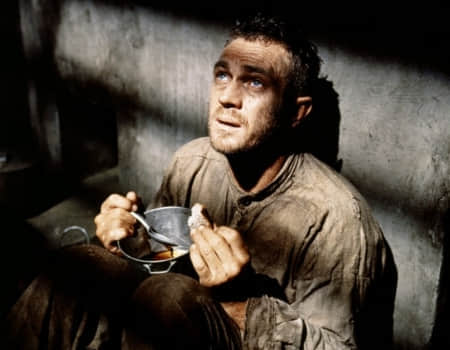Programme
Beyond the Wall: The Phantom of Liberty
The crime films of the summer have taken us around the globe in thrilling chases and exploded in courtrooms with unexpected clues and connections. Yet these final, tightest of scenarios, confining their drama into the compressed walls of a prison, have fascinated directors, actors, cinematographers, set designers and audiences from the silent era to the present. Films where futures initially seem as closed as the barred doors locking the hero away from the world with its freedoms and pleasures. As we end up behind bars with them, we, too, look inward and outward for escape.
What else can our hero do when trapped by four walls, a tiny window, a nondescript uniform, occasional chains and the sheer monotony of food, exercise and loneliness? Meditate? Repent? Debate? Plan? In fact, these global films each take on the expectations of the prison cell to push the genre in directions that capture very different human spirits. Wrongly imprisoned in Maine or French Guiana? Time to Escape. Confined to a POW camp in World War I or II? Time to Escape. Trapped by brutality, torture, betrayal? Time to Escape. And in each plan, each vision, each attempt, we glimpse the liberty that may lie beyond, whether or not our hero ever reaches it.
The challenge of prison and liberty demands powerful actors and directors who have taken on the challenge of confinement. Paul Newman. Steve McQueen. Dustin Hoffman. Jean Gabin. Erich von Stroheim. Choi Min-Sik. It is a male world where Gilda only appears as a screen poster idol and other women emerge only briefly to protect or betray. Yet, the writers and directors – Bresson, Renoir, Becker – have worked out the puzzle of how to keep our attention at fever pitch in a world defined by limits and repetition, with only the distant promise of an elusive glimmer of hope.
And so these films force us, too, to ask what freedom really means?
